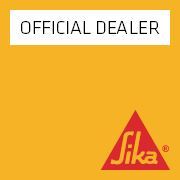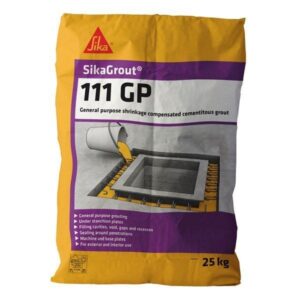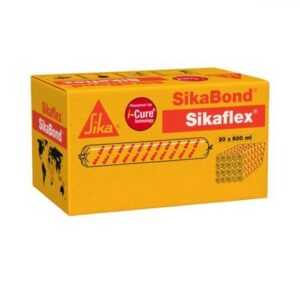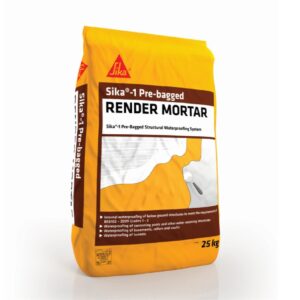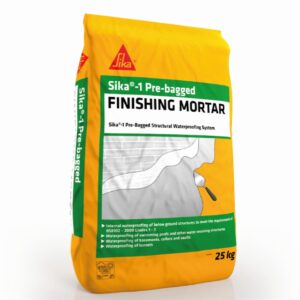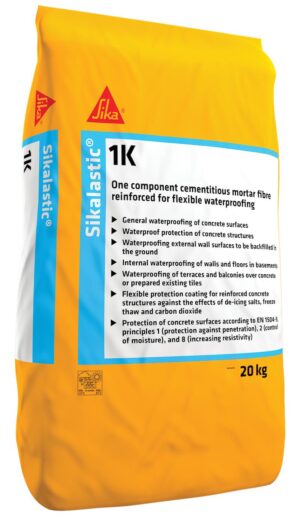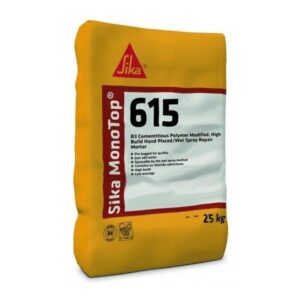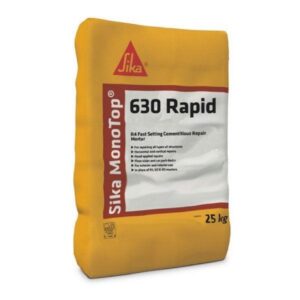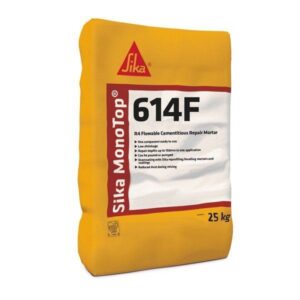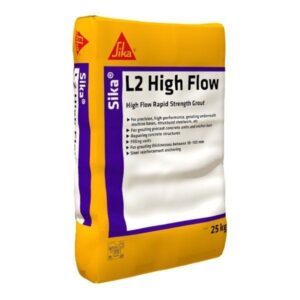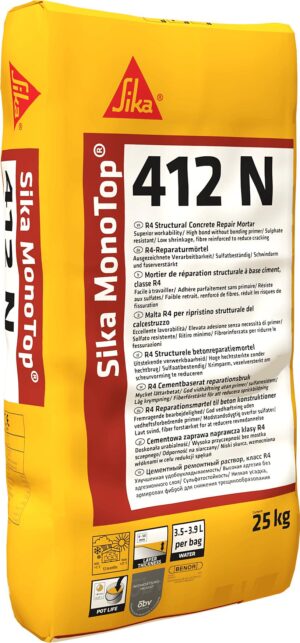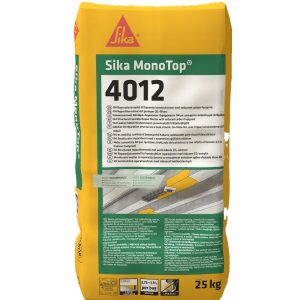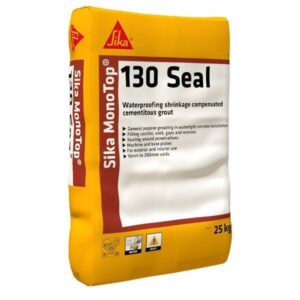What is concrete repair?
Cracked concrete repair
Concrete repair products refer to any products used to fix concrete surfaces that have lost their binding abilities over the course of time due to environmental or physical damage. Chipped out surfaces, cracks, surface scaling and physical impacts are some typical instances where concrete repair would be required.
It can be part of maintenance activities, and include the restoring, renewing or replacing of concrete surfaces following their initial placement. Historically the repair of concrete has been regarded as a mix between science and art due to the scarcity of specialists in the industry.
The concrete repair industry is growing, and with it the variety of materials commercially available for cementitious repair. Below we have outlined the most popular methods of concrete repair, and the materials used.
Repair methods
There are a range of different repair methods used to resurface and fills chips or cracks in concrete, depending on the type of damage and cause for it. Most commonly these include grouting, epoxy injection, drilling and plugging, followed by routing and sealing, stitching, and gravity filling of cracks in concrete.
The first step when choosing your concrete repair method is determining what caused the damage, as this is crucial in determining the type of materials you use, and your overall approach.
Take care to prepare old concrete so it’s in optimal shape before the repair materials are applied. Remove any parts of the concrete that have been weakened so that you are applying the repair products on a sound base for optimal quality results.
How to fix cracks in concrete
Depending on the type and severity of the concrete crack, there are different approaches you would use to repair the surface. Small cracks, for example, can be repaired using dry cement to fill in the gaps. Honeycomb areas, chips and spalls are usually treated by sawing down until you reach solid concrete, and then filling in the area with your preferred repair material or a mixture of repair materials.
Benefits of repairing concrete
There are a number of advantages to repairing concrete at the first sign of damage, from cost savings to health and safety. Making sure the surface of your concrete is smooth significantly reduces the risk of slips and falls, giving everyone in the household extra peace of mind about their step.
Repairing damaged concrete is not only good for the health of the household, but also for the health of the house itself. If repairs are delayed, the compromised concrete surface will allow the elements to cause more degradation to the surrounding areas.
Repairs also improve the look of a property, so it’s more pleasant to live or work in and is more marketable. Timely repairs can go a long way when making a home or commercial property as appealing as possible to potential buyers or tenants and should be done as soon as a crack appears – don’t wait until you start to think about selling the property to take care of it.
Available product choices for repairing concrete
The concrete repair industry is growing which is reflected in the abundance of repair materials readily available on the market. The main things to consider when selecting a repair product are its intended purpose and its material properties, including adhesion, strength, permeability and corrosion resistance.
What to repair concrete cracks with?
While it’s acceptable to use the same materials for your repairs as the original mix, take care if you’re using concrete. For optimal effect, it should contain the same ingredients as the original concrete, although with slightly less water.
Using a specialist concrete repair material supplier such as SPC guarantees that you will always have a choice of the newest, highest quality Sika-branded products available in the industry, as well as a team of specialists who can advise on the best options for your particular requirements.
As experts in all things construction, we can help with choosing a concrete repair material that is compatible with the original products, based on the shrinkage, adhesion, strength and appearance of our products.
How is epoxy used when repairing concrete?
Epoxy injection is the common term used to refer to concrete repairs for narrow cracks, where the epoxy is injected into the crack as a way of sealing it. Epoxy concrete repairs can be used for crack repair in various concrete structures, from buildings to bridges and even dams.
Once a crack has been treated with epoxy or another suitable sealing material, you can apply a concrete coating to smooth out the surface of the slab. Our Sikagard 850 AG, for example, is a permanent anti-graffiti and anti-fly poster coating that can be used for the protection of concrete as well as wood, masonry and metal substrates. It also provides a clear wet-look surface that brightens and enhances the colour of the substrate.
What is repair mortar used for?
Dry packing is a concrete repair method which uses low water content mortar to repair cracks by layering the mortar closely on top of the existing concrete to create a tight patch which becomes highly durable and strong.
Concrete repair mortar can be used to dry pack narrow dormant cracks. However, we wouldn’t advise the use of this method for repairing active cracks.
What is a corrosion inhibitor?
Corrosion inhibitors are considered the first line of defence against corrosion. A chemical substance capable of decreasing the corrosion rate of the material they are added to, corrosion inhibitors are usually used to protect metals from the environment, but can also be applied to concrete.
The Sika® FerroGard®-903+, for example, is a surface applied mixed corrosion inhibitor designed to penetrate concrete and form a protective monomolecular layer on the surface of the reinforcing steel.
The Sika ® Margel VPI 580, on the other hand, is a vapour phase corrosion inhibitor which is inserted inside concrete structural elements close to the reinforcing steel. It has been specifically developed to ensure the corrosion inhibitors are released over a period of 12- 48 months, so the concrete’s exposure to chlorides, water and oxygen is optimally reduced.

